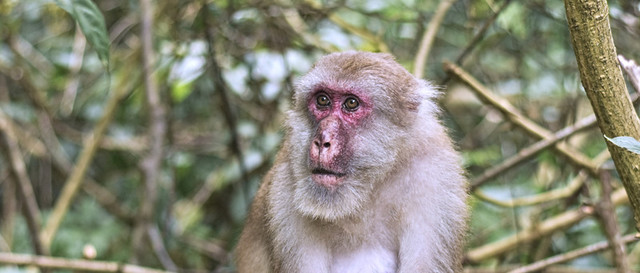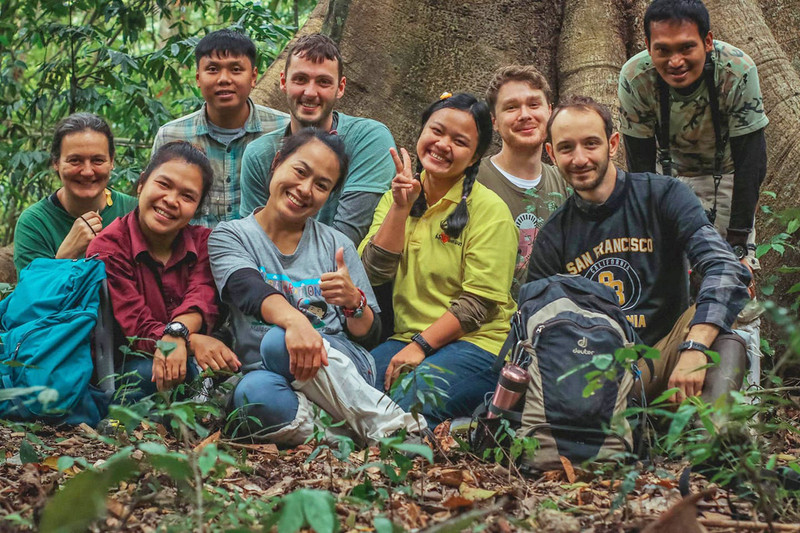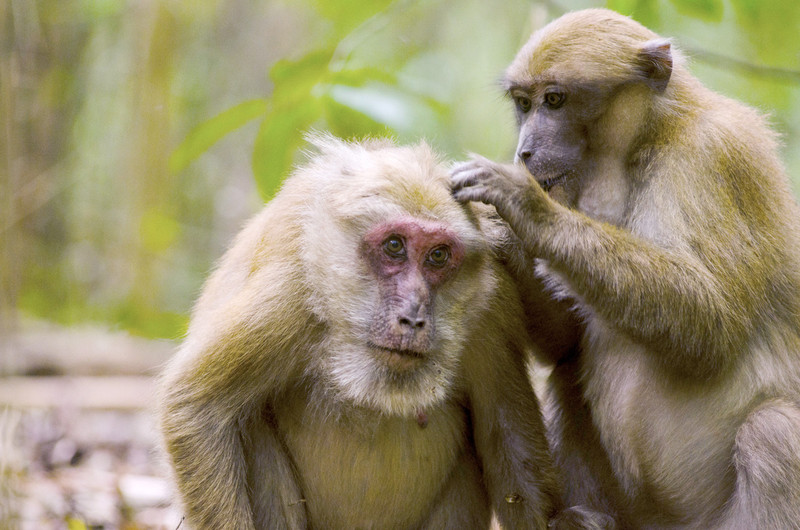Gut microbiota of wild Assamese macaques become more unique with age

The bacteria in the gut are crucial for our health. They contribute to the development of an effective immune system and ward off pathogens. However, when harmful gut bacteria multiply or beneficial ones are lost, one develops health problems. But even in healthy people, the intestinal flora changes with old age. Anti-inflammatory bacteria become rarer, and species linked to inflammatory processes are added. Thus, in each individual, an increasingly unique community of different gut bacteria emerges with age. Until now, it has been assumed that our modern lifestyle causes these changes over the course of our lives, inferring that this is a strictly human phenomenon. Relocation to care housing, changes in the diet, accompanying metabolic illnesses and the use of medications have been thought to be responsible for an increasingly unique gut microbiota in old age. However, scientists of the Research Group Social Evolution in Primates at the German Primate Center (DPZ) - Leibniz Institute for Primate Research and the Department of Behavioral Ecology at the University of Göttingen in collaboration with the Department of Genomic and Applied Microbiology have now discovered a very similar trend in free-living Assamese macaques. Because an increasingly unique composition of the gut bacteria in old age is not limited to humans according to these findings, it is likely that the underlying process has evolved (Microbiome).
PhD student Baptiste Sadoughi spent six months in the Thai rainforest as part of the "Phu Khieo Macaque Project". Even from a distance, Sadoughi could tell the monkeys apart by their fur coloration, a limping gait or a short tail. Assamese macaques reach a high age of over 20 years and struggle with similar ageing problems to us: walking fast becomes laborious, their teeth fall out, and they are less socially connected than younger conspecifics. Sadoughi and his colleagues examined the composition of bacteria in the feces of 51 females between six and 26 years of age for age-typical patterns and individual differences. In addition, the scientists observed the monkeys' behavior to find out whether comparably sociable individuals exchanged more bacteria and therefore had a more uniform gut microbiota than socially isolated individuals.
Surprisingly individual
"We discovered a clear trend that the bacterial community in the gut becomes more unique with age", says Sadoughi. "I was very surprised by this result, because females stay in a group all their lives and eat what the forest offers them, regardless whether they are young or old." Therefore, the fact that elderly Assamese macaques host unique bacterial communities that resemble an isolated "island" cannot be adequately explained by a change in diet.
Less contact does not explain more unique gut bacteria
The intestinal flora of two individuals becomes more similar if they maintain close physical contact over a longer period of time and thus exchange bacteria with each other. Macaques show their affection by grooming one another, combing the fur of group members for potential dirt and parasites with their mouths and hands. Previous studies have shown that macaques invest less time in social grooming of different group members as they get old. Therefore, the authors tested whether a more isolated bacterial community in old age was related to less social grooming activity. However, less social activity did not provide a sufficient explanation for a more unique gut flora of the subjects. It was possible to rule out this assumption with the help of a combined analysis of the feces and behavioral data on social grooming.
Intestinal aging as an old process
The research team has come to the conclusion that the change in the intestinal flora is probably part of the genetically determined, natural ageing process. “An age-related change in the gut microbiota probably developed millions of years ago in the course of evolution in a common ancestor of macaques and humans”, says Julia Ostner, head of the Research Group Social Evolution in Primates at the DPZ and the Department of Behavioral Ecology at the University of Göttingen. “This would mean that the increasingly unique intestinal flora of older people is not due to our lifestyle, but goes far back into the biological history of humans.” This background could help to develop new therapies against intestinal diseases and inflammatory conditions that take into account the specificities of the individual. Older people in particular could benefit considerably from personalized medicine in this way.
Original publication
Sadoughi B., Schneider D., Daniel R. et al. Aging gut microbiota of wild macaques are equally diverse, less stable, but progressively personalized. Microbiome 10, 95 (2022). doi.org/10.1186/s40168-022-01283-2



